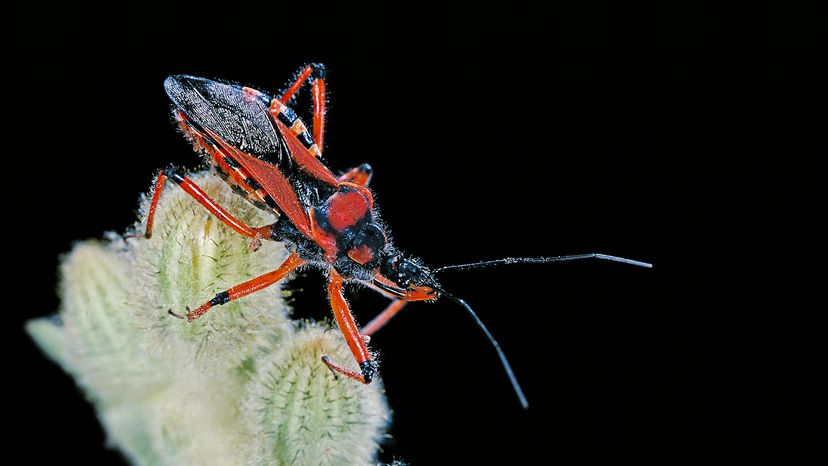
Assassin bugs (also known as ambush bugs or thread-legged bugs) are one of nature's stealthiest hunters, known for their precision strikes and ability to subdue prey with incredible efficiency.
The assassin bug belongs to the Reduviidae family, a large and diverse group of insects that includes over 7,000 species of assassin bugs found all over the world.
Advertisement
These small flying insects are notorious for their hunting prowess, using a needle-like beak to inject venomous saliva into their prey, immobilizing them almost instantly.
But assassin bugs are not just predators. A few blood-sucking species, like kissing bugs, can also bite humans, transmitting diseases like Chagas disease. While most species pose no threat to people, their painful bite is still something you wouldn't want to experience firsthand.
Advertisement